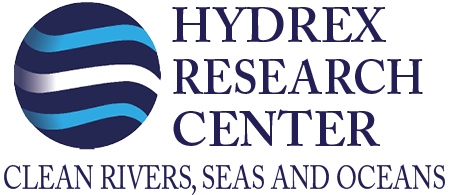The marine industry has been battling biofouling for centuries. Settling microorganisms on the surface of the ship result in increased drag which leads to higher fuel consumption. The current antifouling methods do not perform adequately and are harmful to the marine environment. During this research the performance of a non-toxic hard coating that could serve as replacement was investigated.
The research consisted of field work. A total of eighteen plates were placed into the water at different locations. The plates were all coated with the same hard coating. The locations consisted of the Eemhaven in the port of Rotterdam, the Grevelingen in Zeeland, the Haringvliet in South-Holland, the North Sea at the Haringvlietdam, and the port of Antwerpen. Biofouling attachment to the plates was monitored over the course of ten weeks. Each week photos and videos were taken. After the testing period the plates were cleaned by hand and a pressure washer. The results were promising, especially because the coating is designed to perform best in a dynamic environment. The plates were tested in a static state. The results were used in further development of the coating system.




